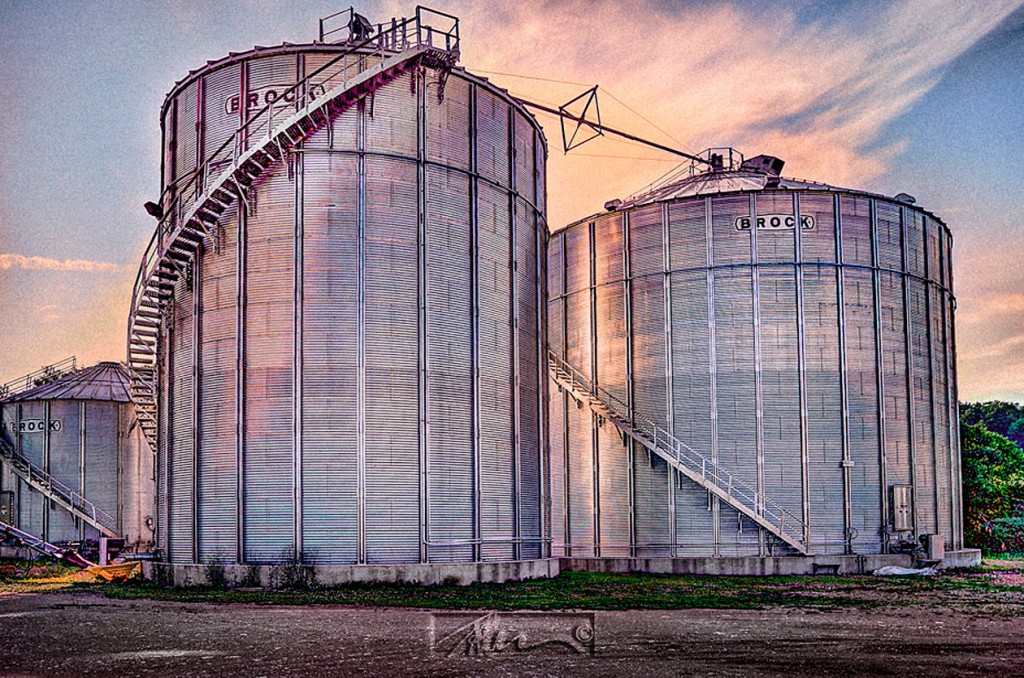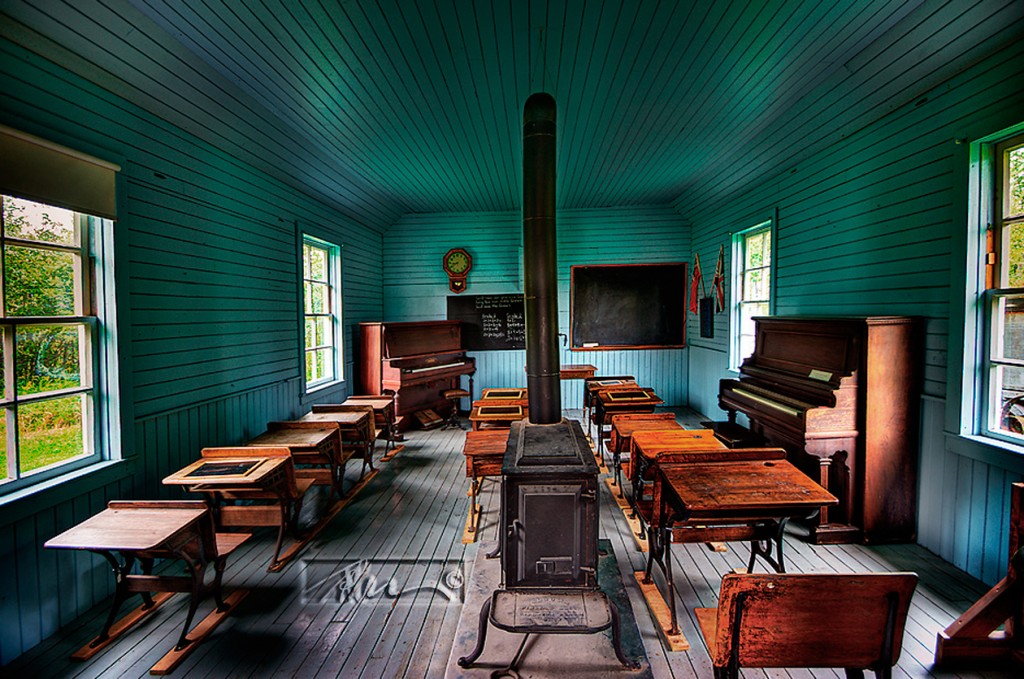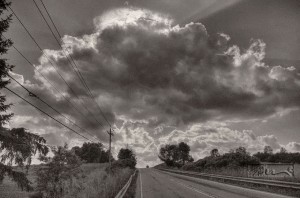Like any digital practice, HDR is simply another tool
HDR is a great tool when used well. Lately, I have become a bit fanatical and find myself using it for nearly everything I shoot. I love the looks that can be achieved as long as they are reasonably natural and photographically believable.
For me, the use of HDR produces images, which seem closer to the way the eye sees the world. That is only true however, when the image is processed with some careful attention to maintaining natural appearances. It is way too easy to push the process into the ugly world of kitsch and gaudiness.
There are many ways to make images. HDR is simply one of them. There are times when HDR makes little sense or is not possible due to the kind of subjects being photographed. Although it is possible to shoot scenes with moving subjects, for the most part, HDR is restricted to subjects that are not in motion. Anything that moves will cause a ghosting effect, which can cause problems.
HDR like many photo techniques, requires some careful control of the process. The final outcome is dependent on everything you do throughout the entire procedure. There are a number of steps that need to be carefully considered as you work.
For me, it all begins with the exposures in the camera and ends in what I call a ‘post processing process’ in photo editing. In my way of working, HDR software is simply a middle step in which I establish the basic dynamic range and tone mapping. Everything else is finalized in Photoshop and/or Lightroom.
While there are many variations on HDR technique, I tend to like the images that are more on the subtle side. Too much of anything seems to spoil whatever you are trying to show. OK, I sometimes push the color and maybe the contrast. But I really try to avoid that funky look that so many HDR imagers seem to desire.
Many of the newer cameras have what I call a pseudo HDR built directly into the interface. However, I believe that the camera is not the place to create the final results of any digital image. Rather than use the in camera method, I believe it is far better to utilize the cameras AEB capability.
Using the AE control on the camera allows the shooting of a series of different exposures to produce an HDR sequence. Once the images are captured, it is best to process them in a good HDR program such as Photomatix Pro. That way, you have complete control over the results. It also makes sense to utilize the full potential of RAW image capture rather than the 8-bit jpegs used with in-camera HDR. raw files have way more image information and capture a much broader tonal scale.
I try to work on a tripod for most of my HDR work. Especially when the light levels require exposures that exceed times that would allow camera shake when hand-holding or during the entire sequence of exposures. The tripod also allows me to choose the exposures I want to use rather than the even spacing produced by an AEB sequence.
Most new cameras are capable of shooting at least three shots in rapid sequence, which minimizes misalignment due to camera motion between exposures when handheld. For the shots shown in the gallery, I used my camera handheld with three – five bracketed and rapidly sequenced exposures.
There are advantages of using HDR exposures and processing. For me, HDR is capable of producing images that I think are much more energetic visually than can be easily produced by normal methods. Not to mention the extra details that are accessible in the highlights and shadows of most scenes due to the longer tonal scale of HDR. To me, it just seems more natural seeing all that detail and vibrance.
While HDR may not be for everyone, it has become one of my most used methods of working. It has become a way to recreate the kinds of tones and details I tend to see in the real world
Please have a look at some of my other posts here.
NOTICE of Copyright: THIS POSTING AS WELL AS ALL PHOTOGRAPHS, GALLERY IMAGES, AND ILLUSTRATIONS ARE COPYRIGHT © JOHN NEEL AND ARE NOT TO BE USED FOR ANY PURPOSE WITHOUT WRITTEN CONSENT FROM THE WRITER, THE PHOTOGRAPHER AND/OR lensgarden.com. THE IDEAS EXPRESSED ARE THE PROPERTY OF THE PHOTOGRAPHER AND THE AUTHOR.




